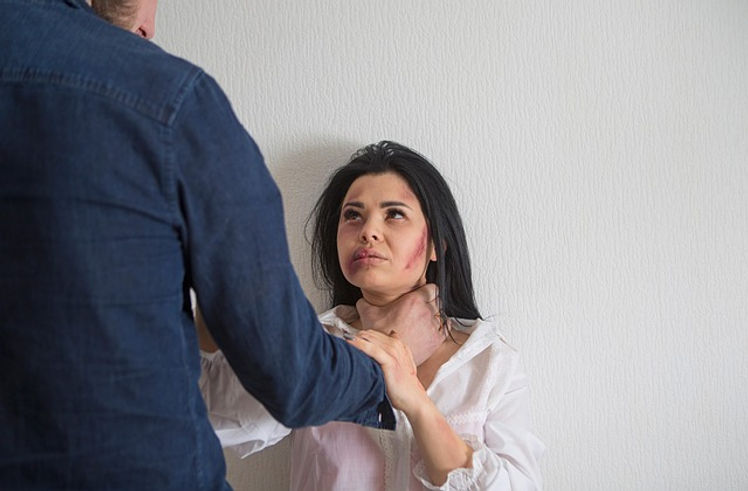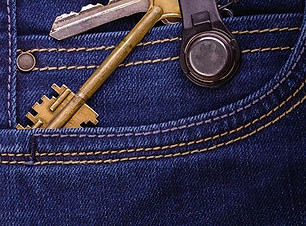
Understanding Domestic Violence
Domestic violence can take many forms—and it’s not always easy to recognize. It might be emotional, psychological, financial, or physical. This page gently explores what domestic abuse means, how it can affect someone's life, and why greater understanding helps us offer compassion, support, and hope to those who need it most.

1. Awareness Is Protection: Recognizing the Warning Signs of Abuse
One of the most powerful ways a woman can protect herself from domestic violence is by recognizing the early warning signs. Abuse isn’t always physical at first—it often begins with subtle control, manipulation, or isolation.
Common red flags include:
-
Excessive jealousy or possessiveness
-
Criticizing or belittling, especially in front of others
-
Monitoring phone, social media, or whereabouts
-
Pushing for quick commitment and discouraging outside relationships
-
Making you feel like you're “overreacting” or imagining problems
By understanding these signs, women can trust their instincts and seek help early—before control escalates to violence. Trust is crucial, and if something feels wrong, it probably is. Encourage women to confide in someone they trust, document concerns, and never ignore that inner voice.

2. Practical Safety Measures Every Woman Should Know
While escaping abuse is never the victim’s responsibility, having a personal safety plan can offer a greater sense of control and reduce risk. Women should be empowered with practical, proactive steps:
Key strategies include:
-
Code Words: Establish a safe word with a trusted friend or relative to signal you need help.
-
Pack a go-bag: Include essentials such as ID, spare keys, cash, medication, and important documents.
-
Digital Safety: Regularly change passwords, disable location sharing, and use incognito browsers when seeking help.
-
Self-Defense Preparedness: Consider learning simple, effective techniques focused on escape and protection.
These tools aren't just for emergencies—they serve as reminders that every woman deserves the right to protect herself and live without fear.

3. The Power of Community: How We Can All Help
Domestic violence thrives in silence and secrecy. By fostering a culture of support, we can break the cycle and help women feel less alone and more empowered to seek safety.
Here’s how anyone can help:
-
Believe Her: Always listen without judgment. Saying “I believe you” can be life-changing.
-
Stay Connected: Abusers often isolate their victims. Maintain regular, non-intrusive contact—a text or coffee invitation matters.
-
Provide Resources: Share information about local shelters, hotlines, or support services discreetly.
-
Speak Out: Challenge abusive language, attitudes, and behaviors — silence can be a form of complicity.
